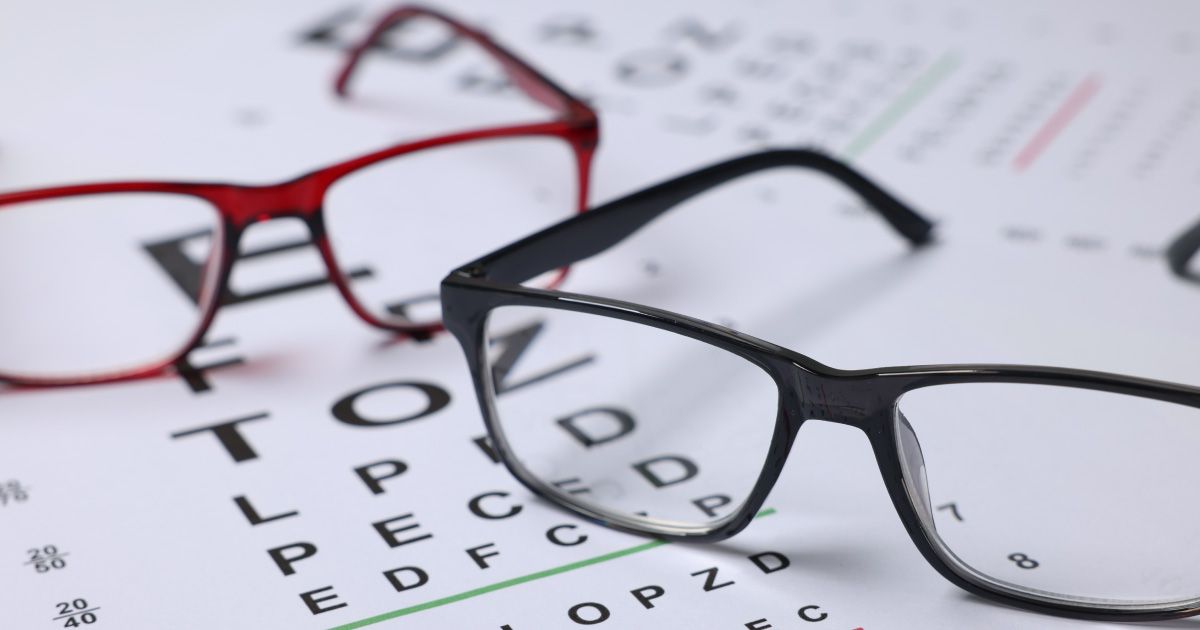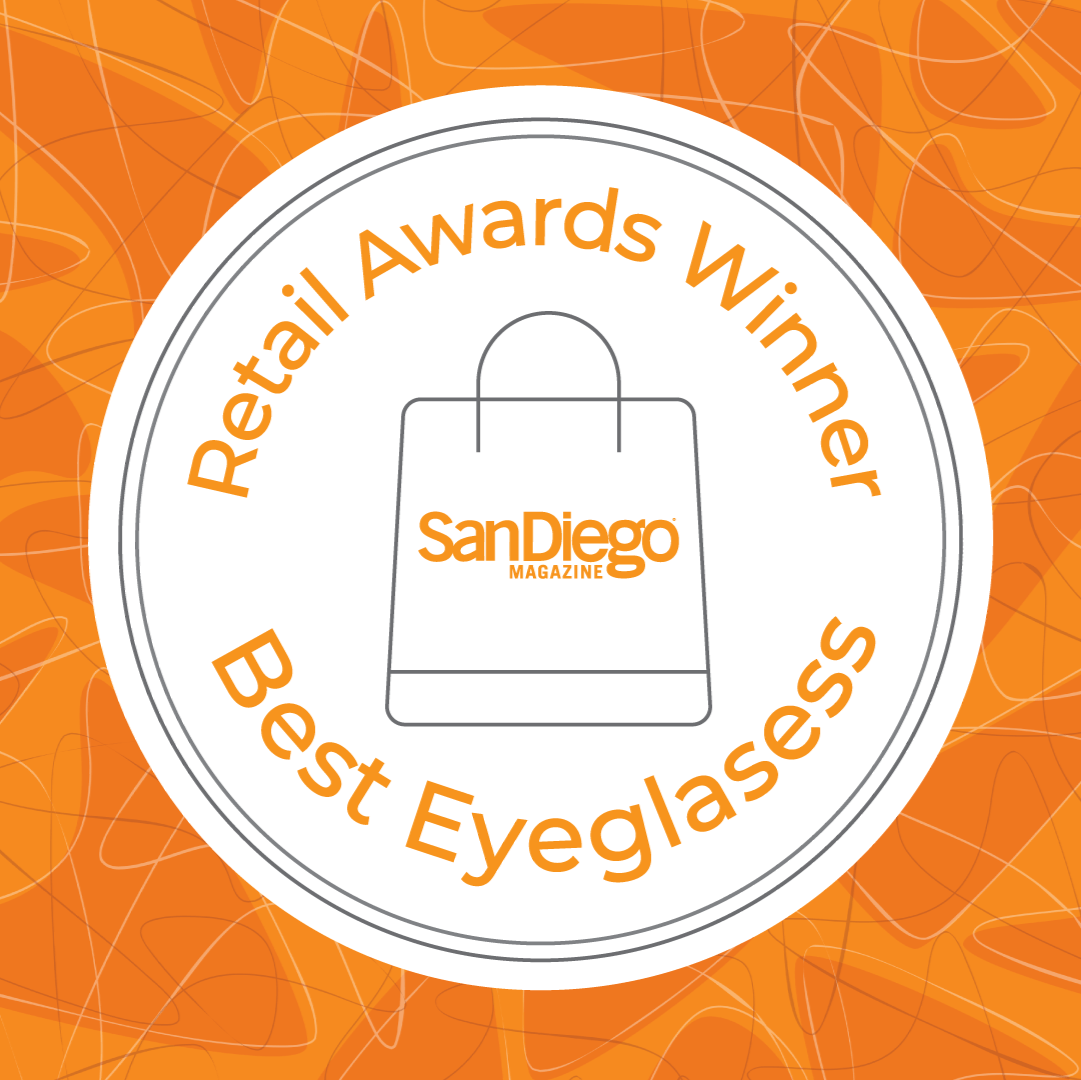How Lighting Transforms Vision, Color, and Eyewear Style

Read time: 5 minutes
Imagine entering a space where light gently plays across surfaces, revealing rich textures and true-to-life color. Light doesn’t just brighten a room — it defines how we perceive detail, depth, and beauty. From admiring a bold piece of art to selecting the perfect eyewear, lighting shapes every visual experience. At Urban Optiks Optometry, we understand that great eyewear isn’t just about style — it’s about how you see and are seen, in every kind of light.
Different lighting conditions can change how colors and textures are viewed and understood. Things might look one way in natural sunlight and completely different under the glow of a desk lamp. This is why choosing eyewear that suits various lighting situations is so important — for both aesthetic pleasure and practical clarity. Join us as we explore how light influences our perception, and how the right pair of glasses can enhance this experience.
The Science Of Light And Vision
Light enters the eye and hits the retina, where it's converted into signals sent to the brain. The brain interprets these signals, allowing us to see colors and textures. Without light, there is no color, only darkness. The shades we see are actually light waves bouncing off objects. This process hinges on the type of light and how our eyes and brains work together.
Different lighting conditions bring out different colors and textures. Here’s how:
- Natural Light: Sunlight lets us see the full spectrum of colors. It reveals details in texture and gives the most accurate depiction of the world.
- Incandescent Lighting: This type of light tends to produce a warmer yellowish glow. It can make reds and oranges pop, but might tone down blues and greens.
- Fluorescent Lighting: Cool and bright, fluorescent lighting often highlights greens and blues. It can sometimes make environments feel stark or clinical.
- LED Lighting: Known for its versatility, LED lighting can be adjusted to emulate cool or warm tones. It offers a balanced light that's energy efficient and good for a variety of settings.
Our eyes adjust these perceptions, just like how a camera might need a few tweaks to capture the perfect shot. Understanding these lighting effects helps us appreciate how the same pair of glasses can look different but still fabulous in various lights.
Everyday Scenarios: How Lighting Influences Perception
Everyday lighting situations profoundly affect how we perceive colors and textures. Here’s a look at common scenarios and how they impact our vision:
- Indoor Lighting:
Home lighting varies from soft reading lamps to bright kitchen lights. Each type affects how we see objects, potentially altering the mood and functionality of a space.
- Outdoor Lighting: Natural sunlight offers the fullest range of visible light. Shadows and changes throughout the day influence how we see colors' vibrancy and surfaces' details.
- Office Lighting: Many workplaces use bright, artificial light. This setup can make things look different compared to how they would appear under natural light, affecting our comfort and attention levels.
- Shopping Spaces: Stores often use specific lighting to enhance the appearance of products, making them more appealing. That piece of clothing or accessory might look different once you leave the store.
Our vision adapts to these differing situations, but understanding the impact of lighting helps us make more informed choices, especially when choosing how and where we want to be seen.
Choosing Eyewear Based on Lighting
Selecting the right eyewear involves more than just picking a frame that suits your face. Consider how different lighting conditions impact your vision and how your eyewear can adapt to these changes. Here are some tips to guide you:
- Determine Your Lighting Needs: Think about where you spend most of your time. If you work under bright office lights, opt for lenses that reduce glare. Transition lenses are a great choice if you move often between indoor and outdoor environments.
- Lens Options: Different lenses offer distinct benefits. For instance, polarized lenses reduce glare when driving or outside on a sunny day, while blue light filter lenses are helpful if you spend long hours in front of screens.
- Stylish and Functional Frames: When exploring your eyewear options, consider how different lighting environments influence not just clarity, but the aesthetic appeal of your frames. At Urban Optiks, we curate globally handcrafted eyewear that’s as visually dynamic as the environments you move through - whether bathed in natural daylight or the glow of ambient interior light.
By considering these factors, you'll ensure your eyewear is both fashionable and functional, allowing you to see clearly and comfortably in any light.
Practical Tips for Optimizing Lighting at Home
Creating a visually pleasing environment at home enhances your comfort and enjoyment. Here are some practical ways to optimize lighting:
- Layer Your Lighting:
Use a combination of ambient, task, and accent lighting. This layered approach allows you to adjust the mood and functionality of each space.
- Select the Right Bulbs:
Choose bulbs with the right color temperature for each room. Warm lights are great for relaxing spaces, while cooler lights work better in work areas like home offices or kitchens.
- Utilize Natural Light:
Maximize the use of natural light by placing mirrors strategically to reflect daylight. Keep window spaces uncluttered to allow sunlight to flood in.
- Dimmer Switches: Install dimmer switches to easily change the light intensity based on your activities and preferences.
- Highlight Textures and Colors: Use spotlighting to accentuate artworks or textured walls, enhancing the visual interest of your space.
These thoughtful lighting adjustments at home can significantly affect how you perceive colors and textures, making your environment more enjoyable and visually appealing.
The Takeaway
Understanding the interplay between lighting and vision allows you to appreciate the world in its full richness. Whether choosing the right eyewear or optimizing your home environment, consider how light affects perception. This knowledge can transform your visual experience, helping you enjoy colors and textures to their fullest. By exploring eyewear options that align with your lighting needs, you can enhance both your style and vision in everyday settings.
Let light redefine your visual experience. At Urban Optiks Optometry, our globally curated collection of artisanal eyewear unites optical precision with expressive design — crafted to complement the way you live, see, and shine. Visit our boutique to experience the difference that lighting — and exceptional craftsmanship — can make.
Share this blog post on social or with a friend:
The information provided in this article is intended for general knowledge and educational purposes only and should not be construed as medical advice. It is strongly recommended to consult with an eye care professional for personalized recommendations and guidance regarding your individual needs and eye health concerns.
All of Urban Optiks Optometry's blog posts and articles contain information carefully curated from openly sourced materials available in the public domain. We strive to ensure the accuracy and relevance of the information provided. For a comprehensive understanding of our practices and to read our full disclosure statement, please click here.


















